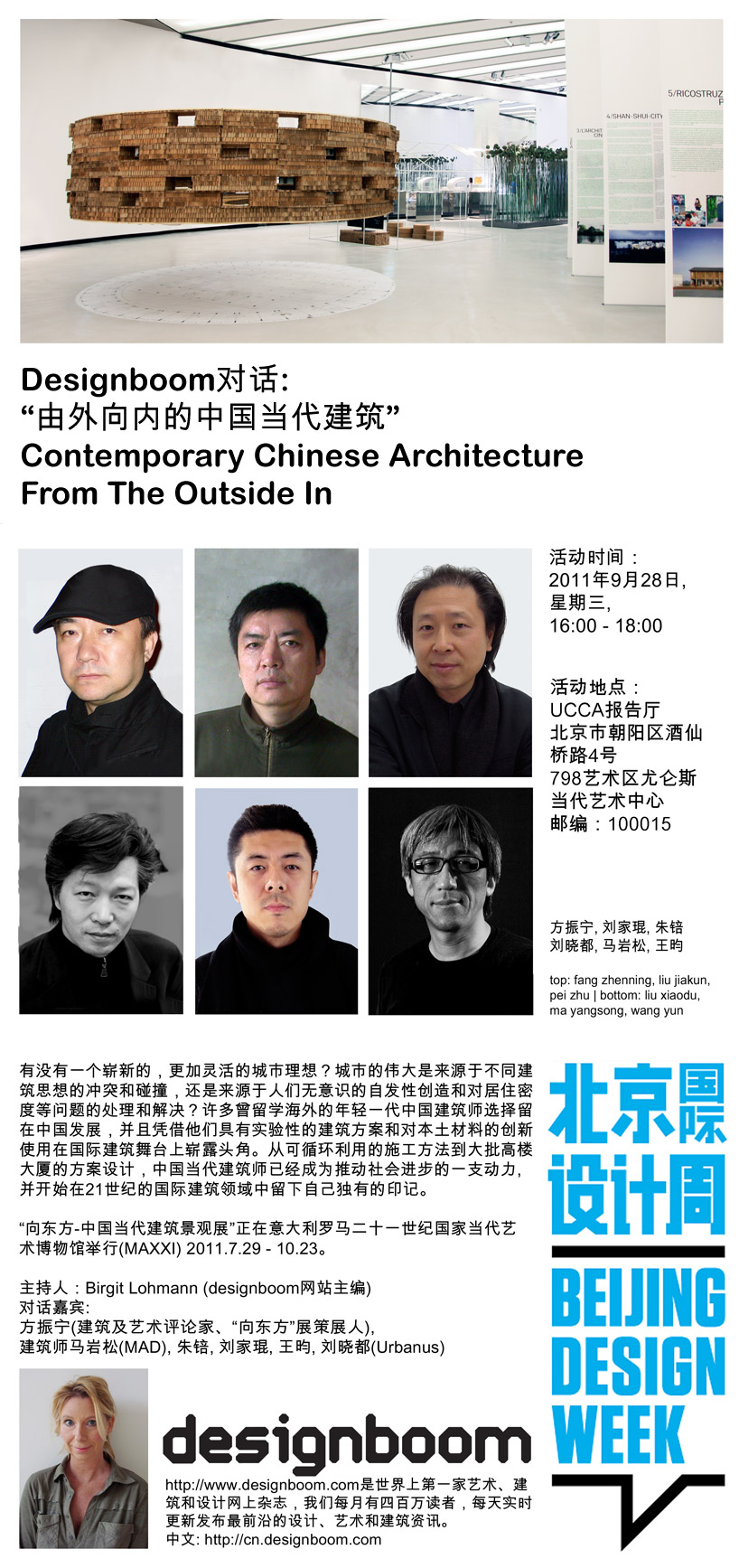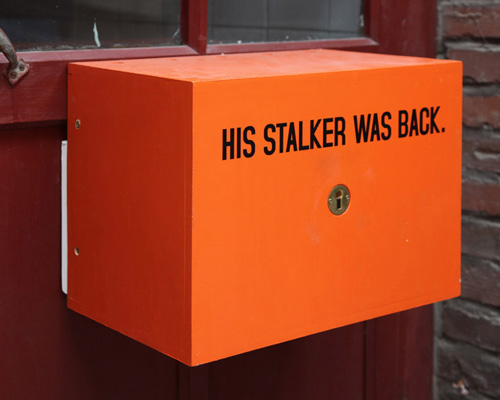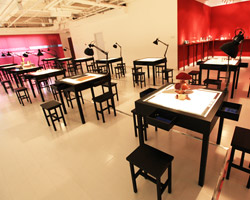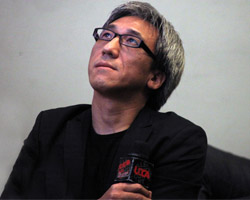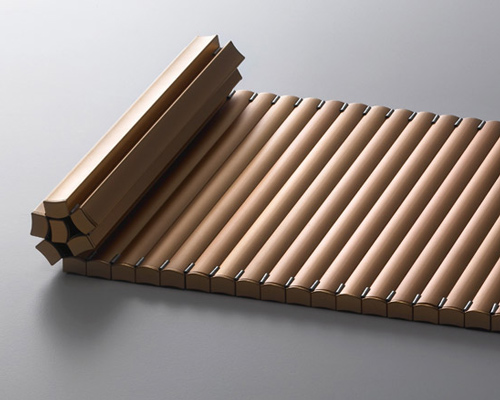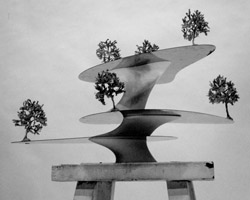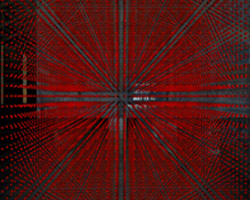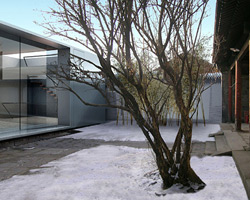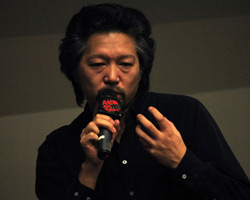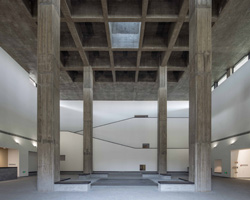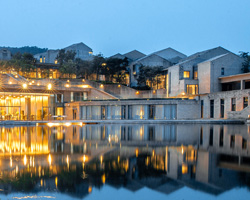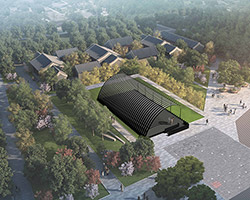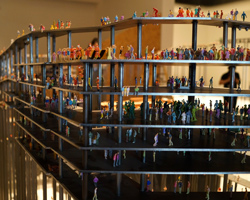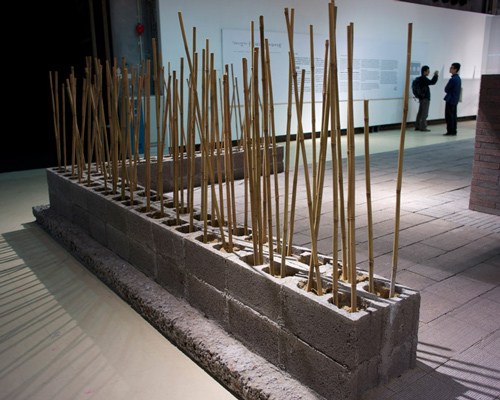KEEP UP WITH OUR DAILY AND WEEKLY NEWSLETTERS
PRODUCT LIBRARY
with its mountain-like rooftop clad in a ceramic skin, UCCA Clay is a sculptural landmark for the city.
charlotte skene catling tells designboom about her visions for reinventing the aaltos' first industrial structure into a building designed for people.
'refuge de barroude' will rise organically with its sweeping green roof and will bring modern amenities for pyrenees hikers.
spanning two floors and a loft, the stitled design gave room for a horizontal expanse at ground level, incorporating a green area while preserving the natural slope.
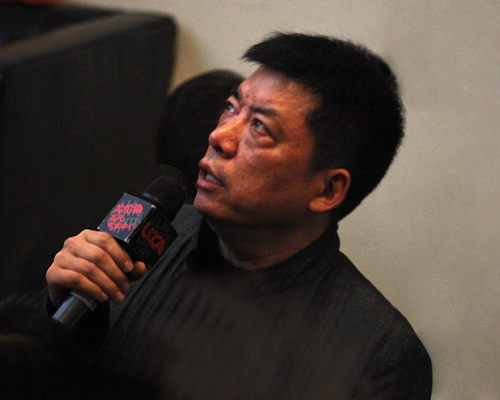
 ‘luyeyuan stone sculpture art museum’ by jiakun architects, chengdu, china image © jiakun architects / bi kejian
‘luyeyuan stone sculpture art museum’ by jiakun architects, chengdu, china image © jiakun architects / bi kejian bridge to entrance image © jiakun architects / bi kejian
bridge to entrance image © jiakun architects / bi kejian interior courtyard image © jiakun architects / bi kejian
interior courtyard image © jiakun architects / bi kejian (left) interior pool (right) concrete cladding image © jiakun architects / bi kejian
(left) interior pool (right) concrete cladding image © jiakun architects / bi kejian narrow side windows image © jiakun architects / bi kejian
narrow side windows image © jiakun architects / bi kejian ‘museum of clock of culture revolution’ by jiakun architects, aren, china image © jiakun architects / bi kejian
‘museum of clock of culture revolution’ by jiakun architects, aren, china image © jiakun architects / bi kejian (left) display cases (right) memorial space image © jiakun architects / bi kejian
(left) display cases (right) memorial space image © jiakun architects / bi kejian statute image © jiakun architects / bi kejian
statute image © jiakun architects / bi kejian ‘tea room’ by jiakun arhitects, jinhua zhejiang, china image © jiakun architects / lv hengzhong
‘tea room’ by jiakun arhitects, jinhua zhejiang, china image © jiakun architects / lv hengzhong (left) interior space (right) material detail image © jiakun architects / lv hengzhong
(left) interior space (right) material detail image © jiakun architects / lv hengzhong site location image © jiakun architects / lv hengzhong
site location image © jiakun architects / lv hengzhong ‘hu huishan memorial house’ by jiakun architects, chengdu, china, 2009-2010 image © jiakun architects
‘hu huishan memorial house’ by jiakun architects, chengdu, china, 2009-2010 image © jiakun architects secluded location image © jiakun architects
secluded location image © jiakun architects pink interior image ©
pink interior image ©  inverse peep hole image © jiakun architects
inverse peep hole image © jiakun architects